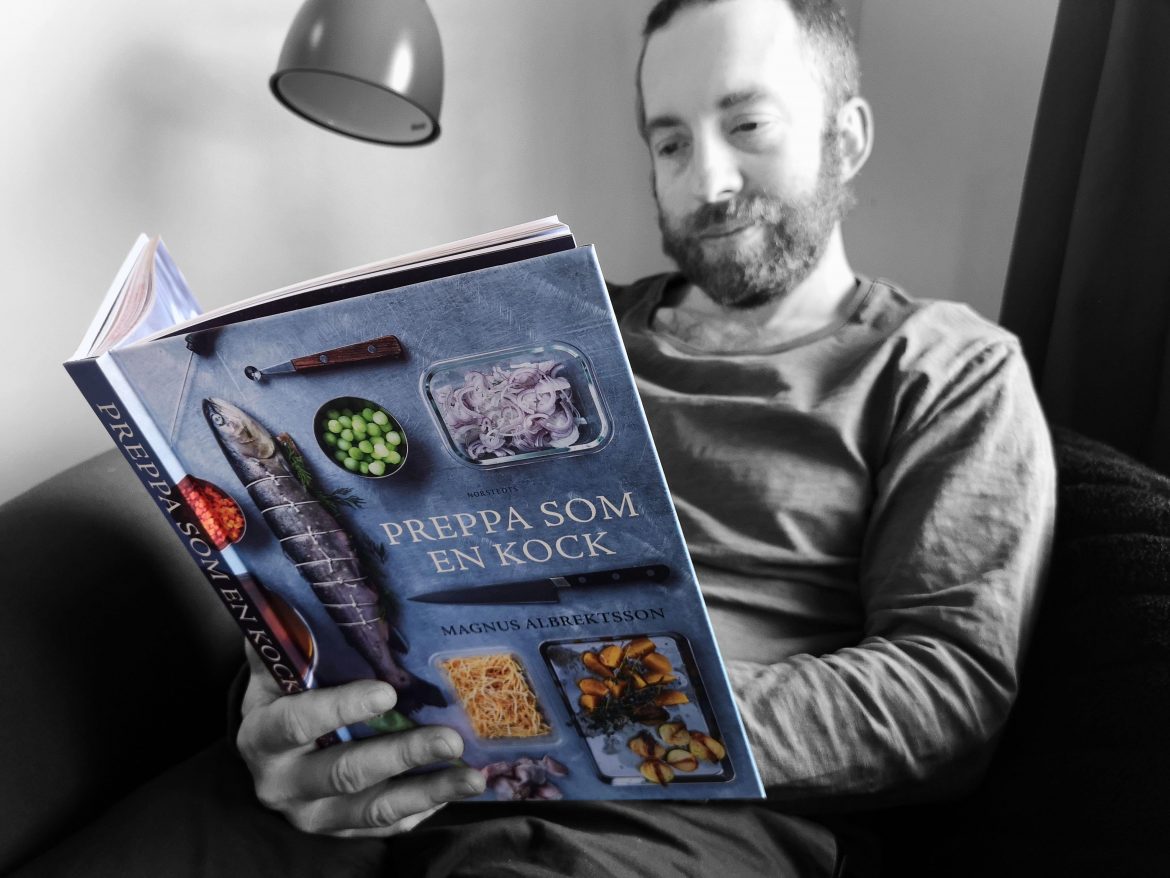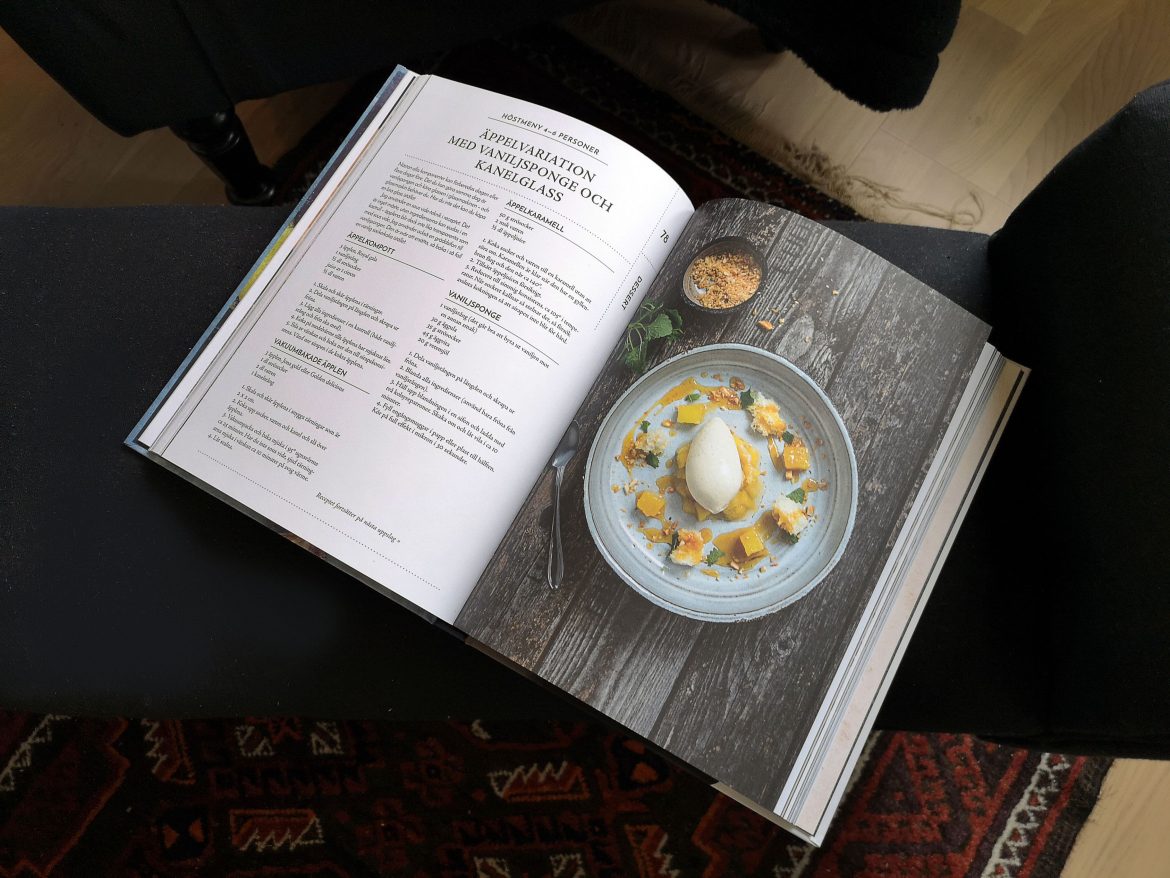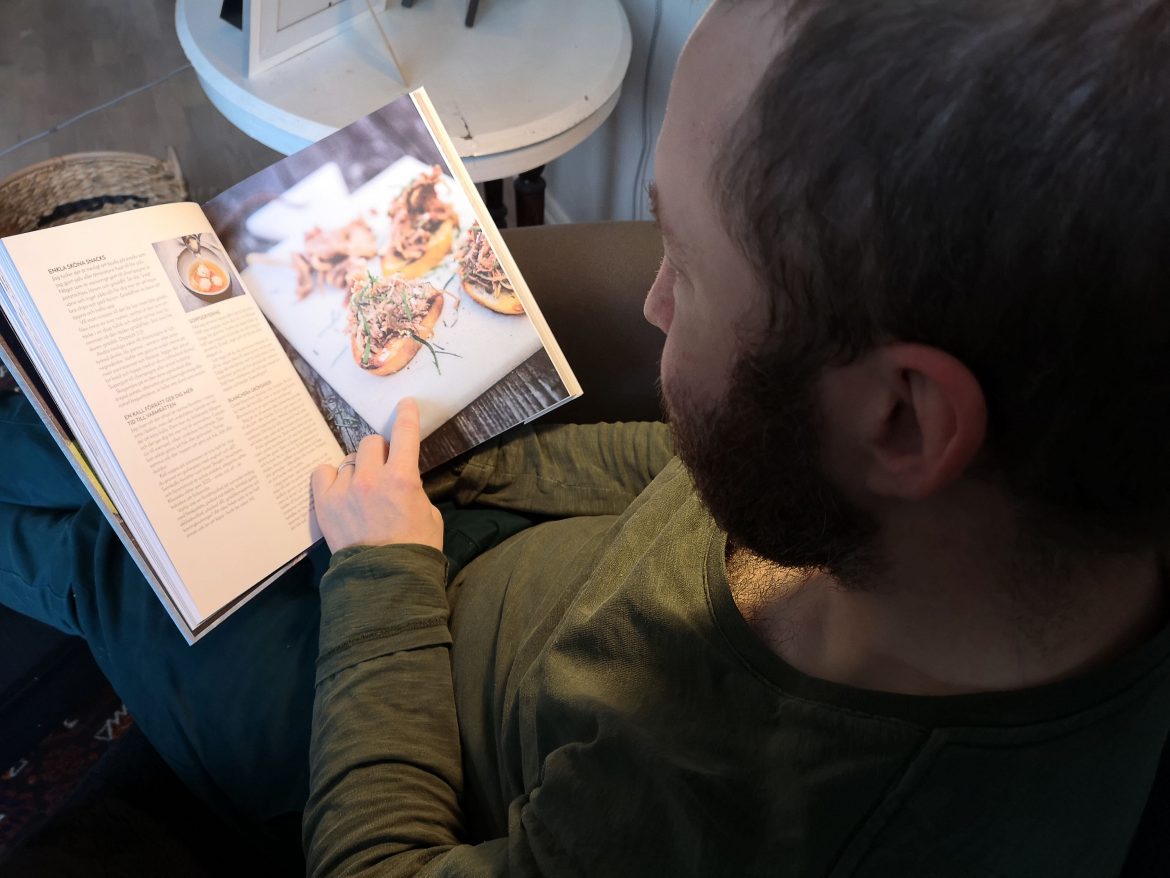TL;DR
This tech blog review dives into "Preppa som en kock," a cookbook that champions organization and fundamental cooking techniques, inspired by the "mise en place" philosophy. Chef Magnus Albrektsson guides readers through essential equipment, cooking methods like frying and braising, and even the art of trussing. While packed with practical tips, seasonal menus, and a focus on fresh ingredients, the book suffers from a somewhat disorganized layout and inconsistent coverage. The visuals are a mixed bag, with beautiful food photography but a less cohesive illustration style. If you're looking to refine your culinary basics and discover new insights, this book offers a wealth of knowledge, but be prepared for a less-than-perfect organizational flow. Discover if these insights are enough to overcome the structural quirks – read the full review for all the details.
Order and organization are essential, not only in the kitchen but in all aspects of life, regardless of what needs to be managed.
In the culinary environment, meticulous preparation and organization are paramount. Maintaining control over ingredients and ensuring thorough cleaning after each step are crucial. Mise en place, a common French term used in professional kitchens, emphasizes the principle of “everything in its place.”
In Preppa som en kock, chef Magnus Albrektsson focuses on the importance of preparation and organized raw materials. He details essential equipment for the kitchen and also explores desirable, though perhaps not strictly necessary, tools. Furthermore, he examines various cooking methods.

I find value in resources like this, as continuous learning and diverse perspectives are vital in the culinary profession. Techniques learned in formal education may be improved upon by alternative methods. Maintaining an open mind towards new approaches is crucial. As the author notes in the preface, the keys to successful cooking are time, dedication, interest, and knowledge, a sentiment borrowed from “smakens fysiologi.”
This book serves as a valuable guide for those seeking to learn fundamental techniques such as trussing meat, differentiating between stock and bouillon, efficiently chopping onions, or exploring various cooking methods. These include deep-frying, roasting, steaming, and braising, among others. The book also offers advice on salting and pickling.
The book contains numerous facts and practical tips, including a section outlining a typical day in a restaurant and a concise guide to meat. However, the depth of coverage varies; some sections are comprehensively written with detailed information, while others appear to be more cursory.
The illustrations deserve mention. I appreciate the overall aesthetic; the photography is generally well-executed, and the book incorporates both photographs and drawn illustrations. However, the visual elements lack a cohesive theme, featuring a somewhat disparate mix of black and white, color, and cartoon styles. Conversely, the food presentations are aesthetically pleasing.

As expected of a cookbook, recipes are included. These are presented as five 3-course menus based on seasonal themes: autumn, winter, spring, summer, and Asian. Additionally, several standalone recipes offer guidance for dishes suitable for large gatherings. The book concludes with a dessert section. Notably, the recipes largely eschew ready-made or semi-finished ingredients (with a single exception), which is a welcome approach.
I value the facts and practical advice shared by the author. There’s always something new to learn, and I’ve found several of Magnus Albrektsson’s insights particularly useful.
However, the book is not without its drawbacks. The layout feels somewhat disorganized, suggesting an attempt to include too much content, resulting in a lack of cohesion. A more structured “mise en place” regarding the content would have been beneficial. Certain sections feel rushed and incomplete, while others are more thoroughly developed.
Specifically, the sequencing of several sections appears illogical. The book transitions from broth to fish, then to kitchen equipment, followed by onions, a day at a restaurant, meat, cooking techniques, and finally, an autumn menu. This is followed by additional menus and assorted recipes. This arrangement, in my opinion, lacks a clear structure. Organizing each section more deliberately, incorporating chapter divisions, and providing more in-depth coverage in specific chapters would improve the book’s overall organization.
